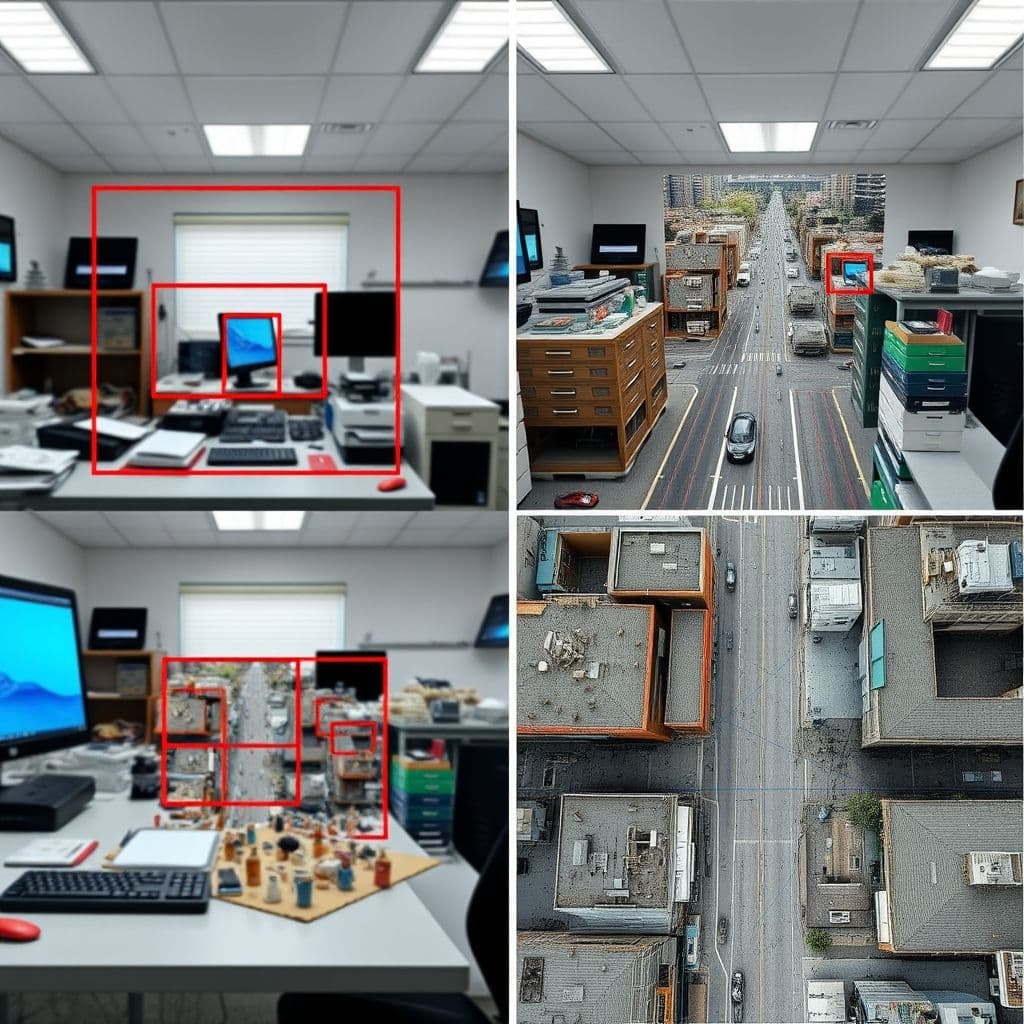Mastering Computer Vision Engineering: A Step-by-Step Guide

Computer Vision Engineering is revolutionizing industries from healthcare to autonomous vehicles. This powerful field combines image processing, machine learning, and programming to enable machines to interpret visual data like humans. Whether you're a beginner or looking to sharpen your skills, this guide will walk you through the essential steps to master Computer Vision Engineering. View original learning path
Step 1: Understand the basics of computer vision
Before diving into complex algorithms, it's crucial to grasp the foundational concepts of computer vision. Image processing involves techniques like filtering, edge detection, and color manipulation to enhance or extract information from images. Feature extraction focuses on identifying key points or patterns in images that can be used for analysis. Machine learning provides the tools to teach computers how to interpret these features and make decisions based on visual data.

Step 2: Learn programming languages and libraries
Python is the lingua franca of computer vision due to its simplicity and powerful libraries. Mastering Python programming will give you access to tools like OpenCV, the most popular library for computer vision tasks. OpenCV provides hundreds of optimized algorithms for image processing and analysis. For more advanced applications, deep learning frameworks like TensorFlow and PyTorch allow you to implement state-of-the-art neural networks for vision tasks.
Step 3: Explore computer vision algorithms
With the basics in place, you can now explore powerful computer vision algorithms. Object detection algorithms like YOLO and Faster R-CNN can identify and locate multiple objects in an image. Image segmentation techniques divide an image into meaningful regions, crucial for medical imaging or autonomous driving. Feature matching algorithms find correspondences between different images of the same scene, enabling applications like panorama stitching or 3D reconstruction.

Step 4: Implement computer vision projects
The best way to solidify your skills is through hands-on projects. Start with simple applications like face detection or optical character recognition, then progress to more complex systems. Learn optimization techniques to make your algorithms run efficiently in real-time. Collaborate with others through open-source projects or competitions to gain practical experience and learn from the community.
Conclusion
Mastering Computer Vision Engineering requires building a strong foundation, learning the right tools, understanding advanced algorithms, and applying your knowledge through practical projects. By following these steps systematically, you'll be well on your way to becoming proficient in this exciting field that's shaping the future of technology.
Frequently Asked Questions
- How long does it take to become proficient in Computer Vision Engineering?
- With consistent study (10-15 hours per week), you can gain basic proficiency in 3-6 months. Mastering advanced concepts and building complex systems typically takes 1-2 years of dedicated practice.
- What are common mistakes beginners make when learning computer vision?
- Common pitfalls include skipping the mathematical foundations, not practicing enough with real-world datasets, and trying to implement complex algorithms before understanding basic image processing techniques.
- Do I need a strong background in mathematics for computer vision?
- While you don't need to be a math expert, understanding linear algebra, probability, and calculus will help you grasp advanced concepts more easily. Many libraries abstract away complex math, but knowing the fundamentals improves your problem-solving skills.





